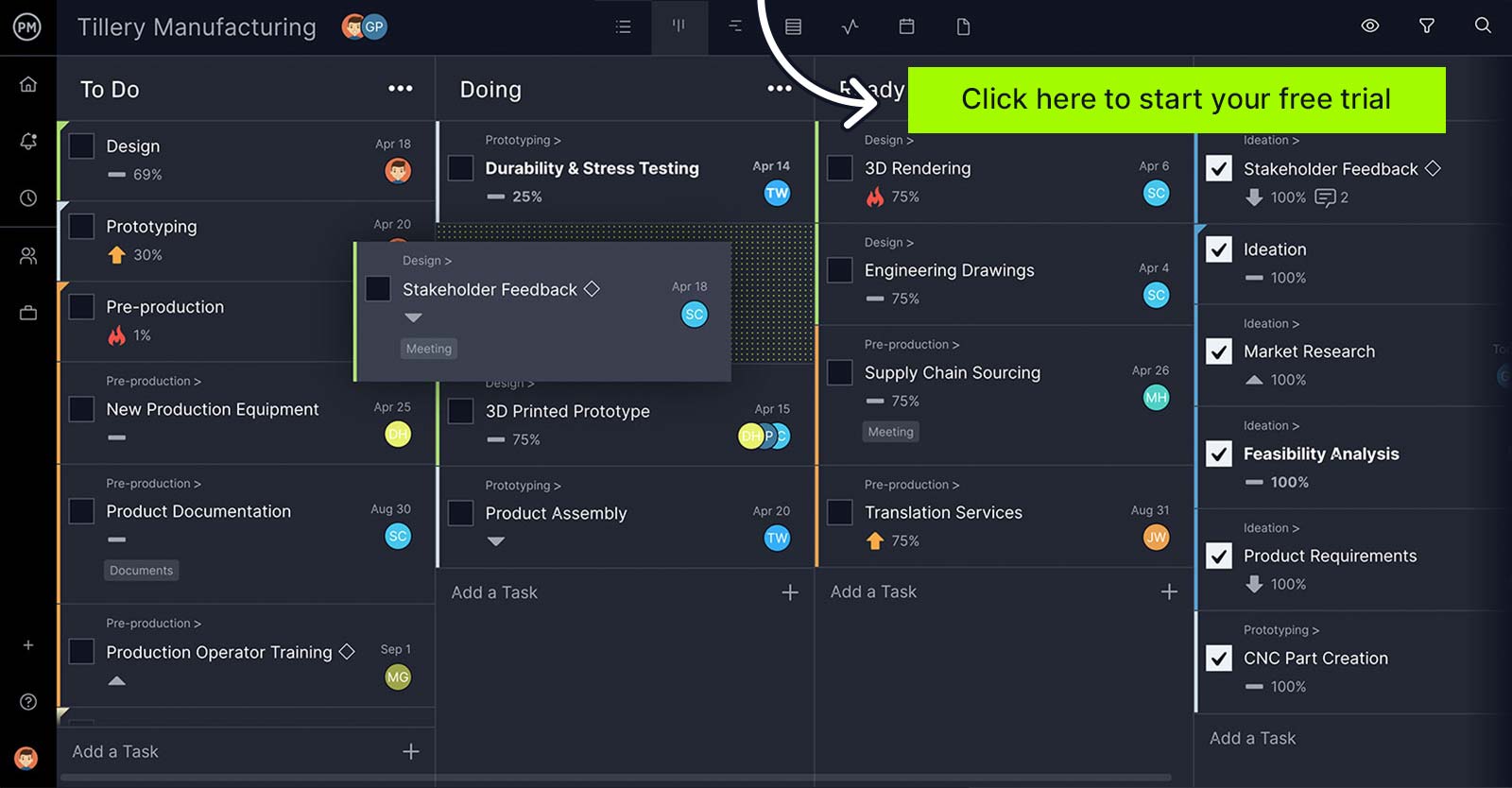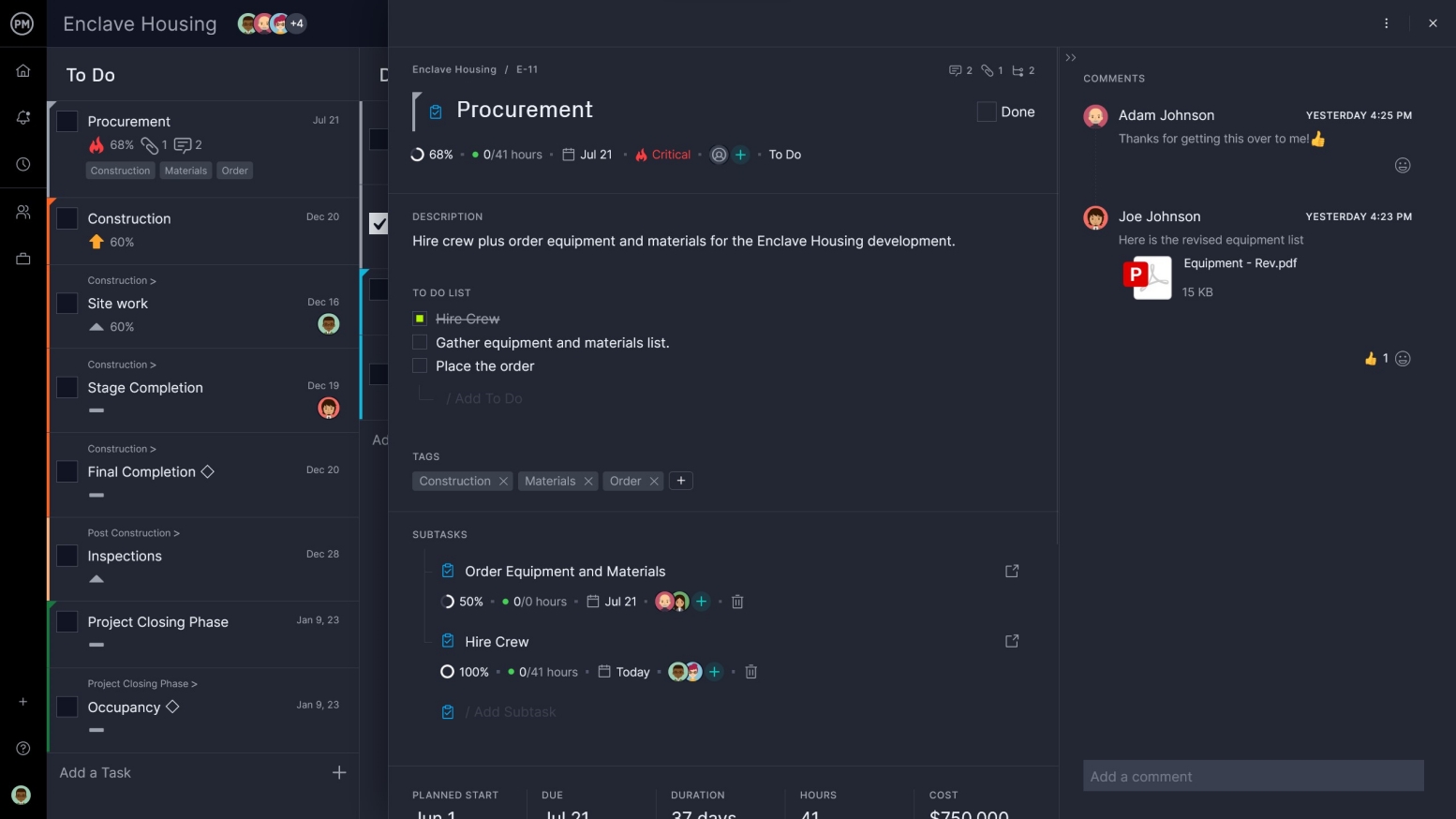More organizations have taken to virtual teams. They have, obviously, skyrocketed in practice over the course of this year. It certainly seems like virtual teams are here to stay, but are they right for your company?
Are virtual teams the magic bullet to end all ills for your company? Simply put, no. It might be ideal for your company and it might not. It’s important to look at virtual teams closely and determine if they’re going to work within the structure of your organization. You need the facts before making a decision.
Let’s look at the different advantages and disadvantages of virtual teams to help you decide.
Advantages and Disadvantages of Virtual Teams
Like any organizational structure, there are pros and cons to using virtual teams. Here are a few reasons why it’s advantageous to use virtual teams.
Advantages of Virtual Teams
- Virtual teams save an organization money. There are lower office costs, as members can often work from home or at a remote location not owned or rented by the company.
- Some team members may enjoy the flexibility that virtual teams offer. Though some virtual teams prefer to adhere to regular office hours, others are given more freedom to work throughout the day—as long as they complete their assigned tasks on time. This is often cited as a major benefit of virtual teams, and it can lead to securing top talent.
- Productivity can increase with virtual teams. Stanford researchers showed that working from home can improve performance by up to 13 percent. Another study revealed that remote workers are 29 percent happier than those who work in an office setting.
- When you’ve employed virtual teams, you can also increase productivity with shift work. If the job requires 24-hour attention, you can hire three virtual teams in different time zones and keep production moving forward all day long.
Although there are many benefits of virtual teams, that doesn’t mean that remote work will solve all ills. There are disadvantages that need to be taken into account as well.
Disadvantages of Virtual Teams
- The most obvious disadvantage is the one that is most out of an organization’s control—the internet. While some technical issues related to servers and computers can be managed if the financial resources are available, local internet outages and spotty access can leave virtual teams impotent. This can be a serious challenge for virtual teams that have hard deadlines.
- While communication is an advantage if the managers make the effort and use the right tools, communication can be a huge hurdle to overcome. The issue is pervasive in texting or email, where tone can be misinterpreted. This can destroy trust, which is essential for virtual teams. Even video conferencing can be problematic. Unless that virtual meeting is well-run, it can be awkward and difficult to participate for some.
- It can also be harder to get time to bond when team members are not physically present. Often virtual teams are only working together temporarily, which also makes it difficult for them to build trust and connection. Even if they have the time to get to know one another, the technical barrier can be a hard challenge to overcome.
- Finally, virtual teams can create a headache for managers who are responsible for directing them. Managers must have very good communication skills and the right tools to assign, monitor, and track the team’s progress. This is especially the case when it comes to virtual project management.
Overcoming the Challenges of Virtual Teams
Teamwork is the key to successful teams, virtual or not. Team-building exercises help, but even under the best circumstances, there will be challenges. The most common is poor communication. Since communication is the only way that directions are delivered, be it orally or written, if communication suffers, so does the project.
It’s important to foster good communication within virtual teams, which involves getting regular feedback to improve if needed. You’d be surprised how much friction can be overcome with open communication and positive interactions.

How to Build a Virtual Team
If you’re convinced that a virtual team is a good fit for your organization, then the next step is to learn how to put one together.
Creating a virtual team requires similar steps that would come with assembling any team. However, because these teams are working at a distance from each other and their manager, there are some unique challenges.
Secure Buy-In From the Team by Highlighting Benefits
The first thing to do is make sure that everyone is on board with the decision to go remote—most importantly, the leadership team. It might be a good idea to provide some training to show the benefits of virtual teams in order to get buy-in from leadership.
You could suggest blending remote and traditional employees. To do so, you have to see virtual teams as part of a strategy that provides a competitive advantage. If you just suggest a virtual team as a one-time thing, you’re not going to solicit the level of talent you’ll need.
Set up the Infrastructure and Get Remote Tools
Once you’ve got an agreement at the executive level, you’ll need to have a process in place to evaluate the performance of your virtual team. That means you’ll have to get your HR department on board with working with virtual teams, too.
Naturally, you can’t have a virtual team if you’re not providing a strong digital infrastructure for them to work in. There are many tools that can connect team members, such as ProjectManager, Zoom, Slack, G-Suite and more. Whatever collaborative tools work best with your organization will be a necessary investment.
Cement the Culture of Remote Work
Finally, the corporate culture at your organization is going to have to be fully invested in the use of virtual teams. This not only includes acceptance of the virtual teams as an integral part of the overall organization, but a commitment to communication to keep the virtual teams in the fold.
How to Make a Virtual Team Successful With ProjectManager
How can you make a virtual team more successful? Treat your virtual teams the same as you do the teams that are working in the office with you. A virtual team can be as much a component of a winning strategy as the more traditional model.
You’re going to want to give them the same powerful tools that they’d have if working beside you in the office. That’s where ProjectManager comes in. We’re an online software that organizes projects, whether teams are under the same roof or working in all four corners of the globe.
Plan Projects with Clear Directions
Teams need autonomy to be successful, but they also need clear direction to be productive. ProjectManager has the tools to help team members know exactly what they have to do on each task they’re assigned. Our powerful Gantt charts enable users to enter tasks with start and due dates that are then plotted out on a visual timeline, making it easy to see the whole project at a glance.

Enable Collaboration
Tasks can be tagged for priority, so teams know the most pertinent work to get started on. But that’s only the start of how we help teams. Our software gives them a collaborative platform in which they can comment, attach files and tag any member of the project team for comment. They can even create a to-do list for each task and manage their work.

Get Multiple Ways to Work
While project managers usually like to plan and schedule a project with our online Gantt chart, they may also prefer a tool more suited to different purposes. That’s why we offer multiple project views. Teams can use a task list view, calendar view or even a kanban board view to visualize their workflow. We give virtual teams a choice.
ProjectManager is a cloud-based software that keeps virtual teams connected while giving project managers transparency into their work. Our software helps plan, monitor and report on every phase of the project, no matter where you are or when you’re working. We are the pros of virtual team management. See what we can do to help your virtual team by taking this free 30-day trial today.

